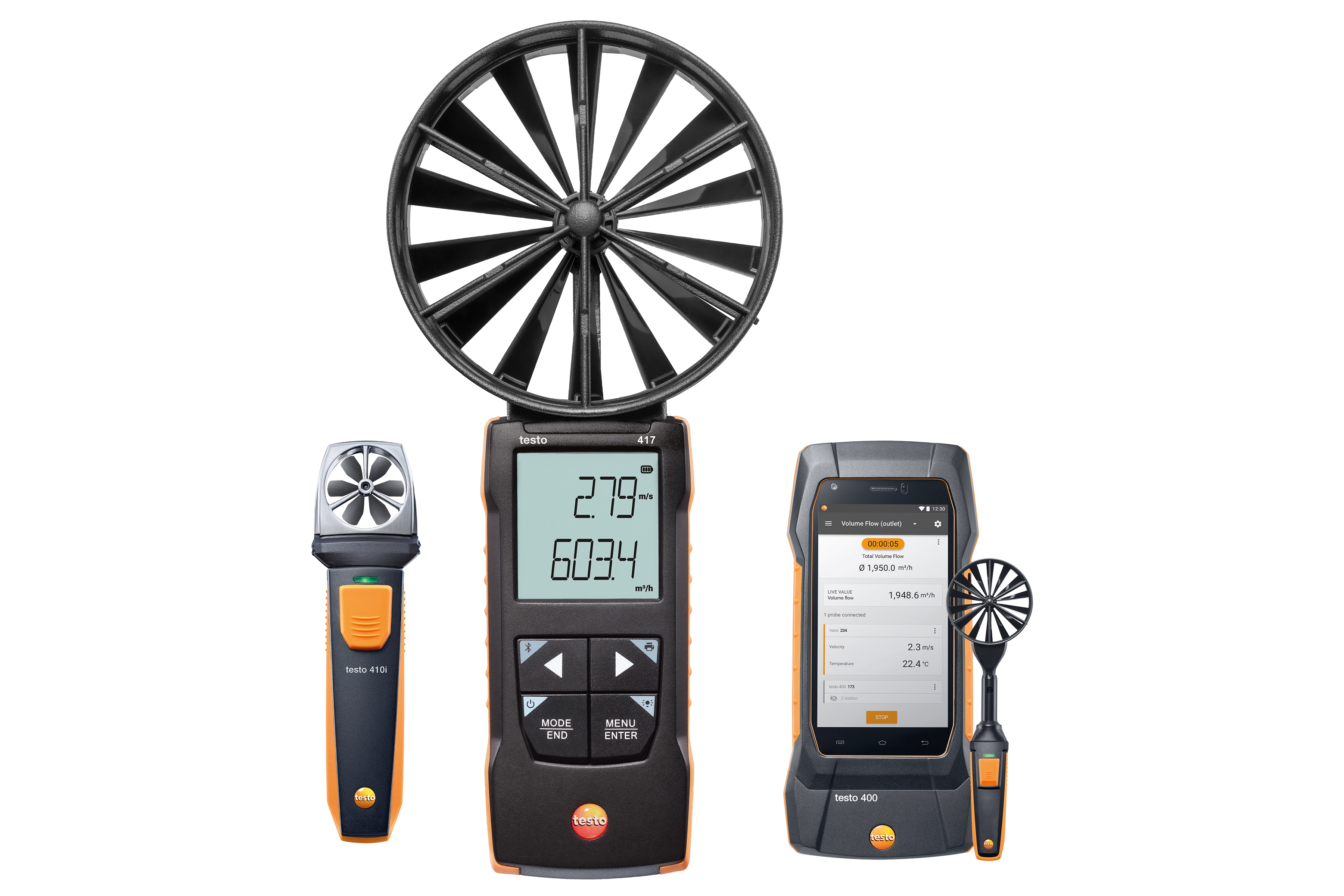Top Functions to Try To Find in an Efficient Anemometer for Accurate Wind Measurement
Top Functions to Try To Find in an Efficient Anemometer for Accurate Wind Measurement
Blog Article
Anemometers Unveiled: Understanding Their Value in Ecological Tracking and Security Measures
The function of anemometers in ecological monitoring and safety and security steps is frequently underestimated, yet their relevance is obvious. From meteorology to air travel safety, anemometers play a vital role in giving accurate information that informs decision-making procedures and enhances overall safety.
History of Anemometers
The development of anemometers can be traced back to the ancient worlds where fundamental wind gauging devices were initial made use of. One of the earliest recognized anemometers was the hemispherical mug anemometer designed by Leon Battista Alberti in the 15th century.
In the 18th century, the renowned researcher John Thomas Romney Robinson introduced the Robinson anemometer, which featured four hemispherical mugs installed on straight arms that prolonged from a main axis. This layout became a criterion in meteorological measurements because of its precision and integrity. Over the years, improvements in technology resulted in the growth of even more modern anemometers, consisting of ultrasonic anemometers and laser Doppler anemometers, offering increased accuracy and efficiency in gauging wind speed and direction. The history of anemometers showcases an exceptional trip of advancement and progress in the area of meteorology.
Sorts Of Anemometers
Throughout the area of meteorology, numerous kinds of anemometers have been developed to precisely measure wind rate and direction. Sonic anemometers utilize ultrasonic signals to determine wind speed and instructions precisely. Hot-wire anemometers run based on the principle that the cooling effect of wind on a warmed cable is symmetrical to the wind speed.
Applications in Meteorology
Having gone over the numerous sorts of anemometers used in meteorology for gauging wind rate and direction, it is vital to discover their useful applications in the area. Anemometers play a critical function in meteorology by giving real-time and exact data on wind conditions (anemometer). Meteorologists use anemometers to monitor wind rate and instructions to anticipate climate patterns, issue warnings for extreme climate occasions like storms, twisters, and cyclones, and analyze weather for aviation security
In meteorology, anemometers aid in understanding neighborhood and local wind patterns, which are crucial for anticipating weather condition changes and identifying weather patterns. These devices are additionally used in research to research microclimates, urban warm islands, and air pollution dispersion. In addition, anemometers are employed in agriculture to enhance crop management practices, such as watering and pesticide application, based on wind conditions.
Importance in Air Travel Security
An integral facet of ensuring aeronautics security hinges on the thorough surveillance of wind problems using anemometers. Anemometers play an essential function in aviation by giving real-time data on wind speed and direction, aiding pilots in making educated choices during landing, trip, and liftoff. Strong and unforeseeable winds can dramatically influence airplane procedures, making it essential for air travel authorities to count on exact wind dimensions to make certain the security of guests and team.

In the vibrant setting of aviation, where also minor modifications in wind rate and direction can have profound effects, anemometers stand as crucial tools for advertising safe and secure and safe flight.
Duty in Environmental Research
Anemometers play an essential role in environmental research by offering important data on wind speed and direction. By accurately gauging wind characteristics, anemometers aid scientists assess the activity of contaminants in the air, examine the effect of industrial emissions, and predict the spread of contaminants in the setting.


Verdict
Finally, anemometers have actually played a critical duty in ecological tracking and precaution. With an abundant background and different types available, these tools have actually been commonly used in weather forecasting, aeronautics security, and environmental study. Recognizing the relevance of anemometers is vital for accurately measuring wind rate and direction, which is vital for forecasting climate patterns, guaranteeing secure air travel operations, and performing environmental studies - anemometer. Their payments to these fields can not be taken too lightly.
One of the earliest known link anemometers was the hemispherical mug anemometer invented by Leon Battista Alberti in the 15th century. Over the years, improvements in technology led to the advancement of even more modern anemometers, consisting of ultrasonic anemometers and laser Doppler anemometers, offering enhanced accuracy and performance in navigate to these guys measuring wind rate and instructions. Hot-wire anemometers operate based on the principle that the cooling impact of wind on a warmed cord is proportional to the wind speed. Meteorologists make use of anemometers to monitor wind speed and direction to anticipate climate patterns, issue warnings for extreme weather condition events like twisters, storms, and typhoons, and examine climatic problems for air travel security.
Recognizing the value of anemometers is important for precisely determining wind speed and instructions, which is crucial for anticipating climate patterns, making certain secure aeronautics procedures, and performing ecological research studies. (anemometer)
Report this page